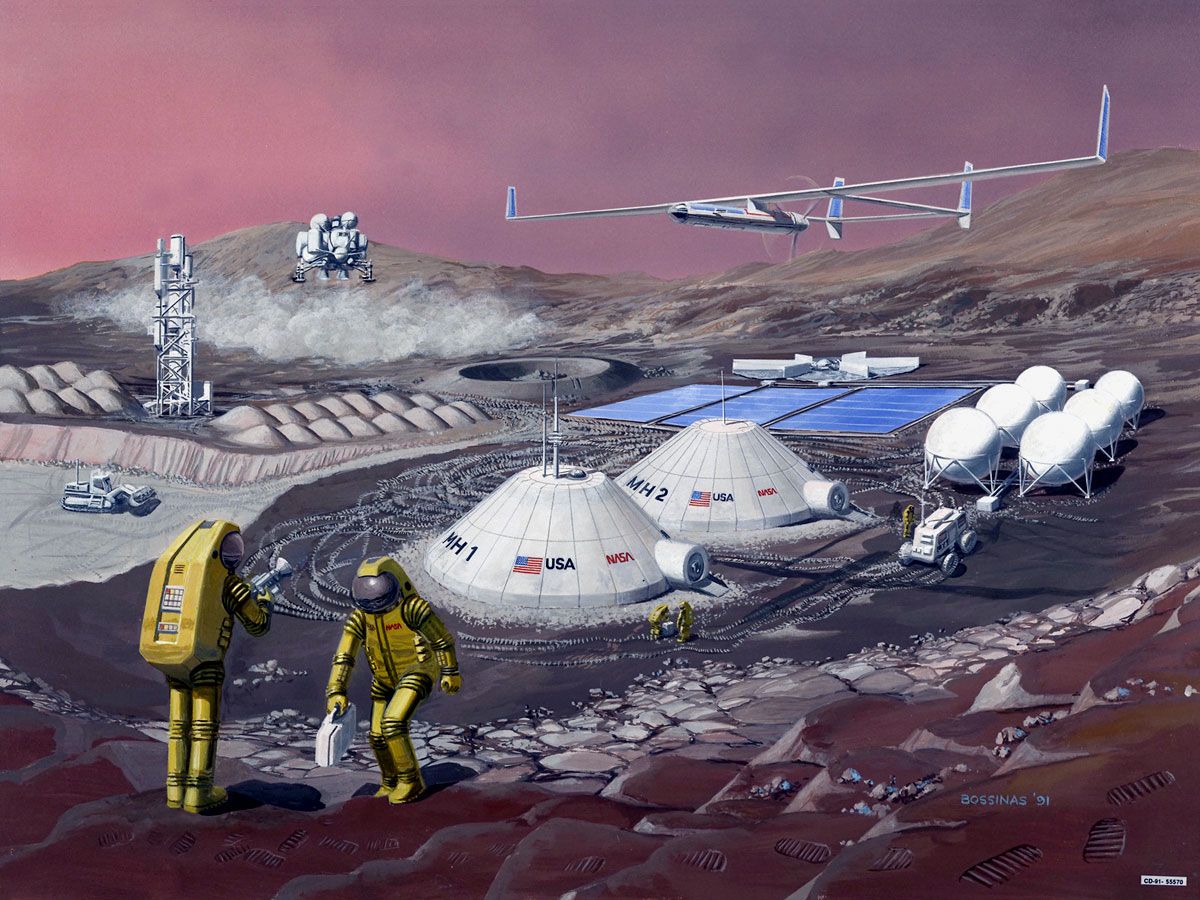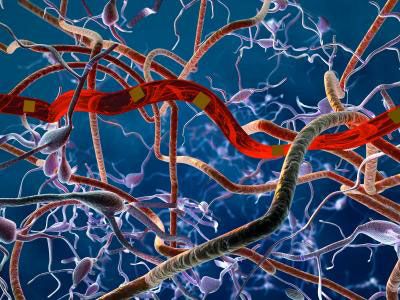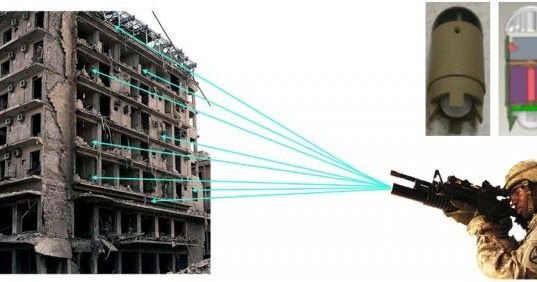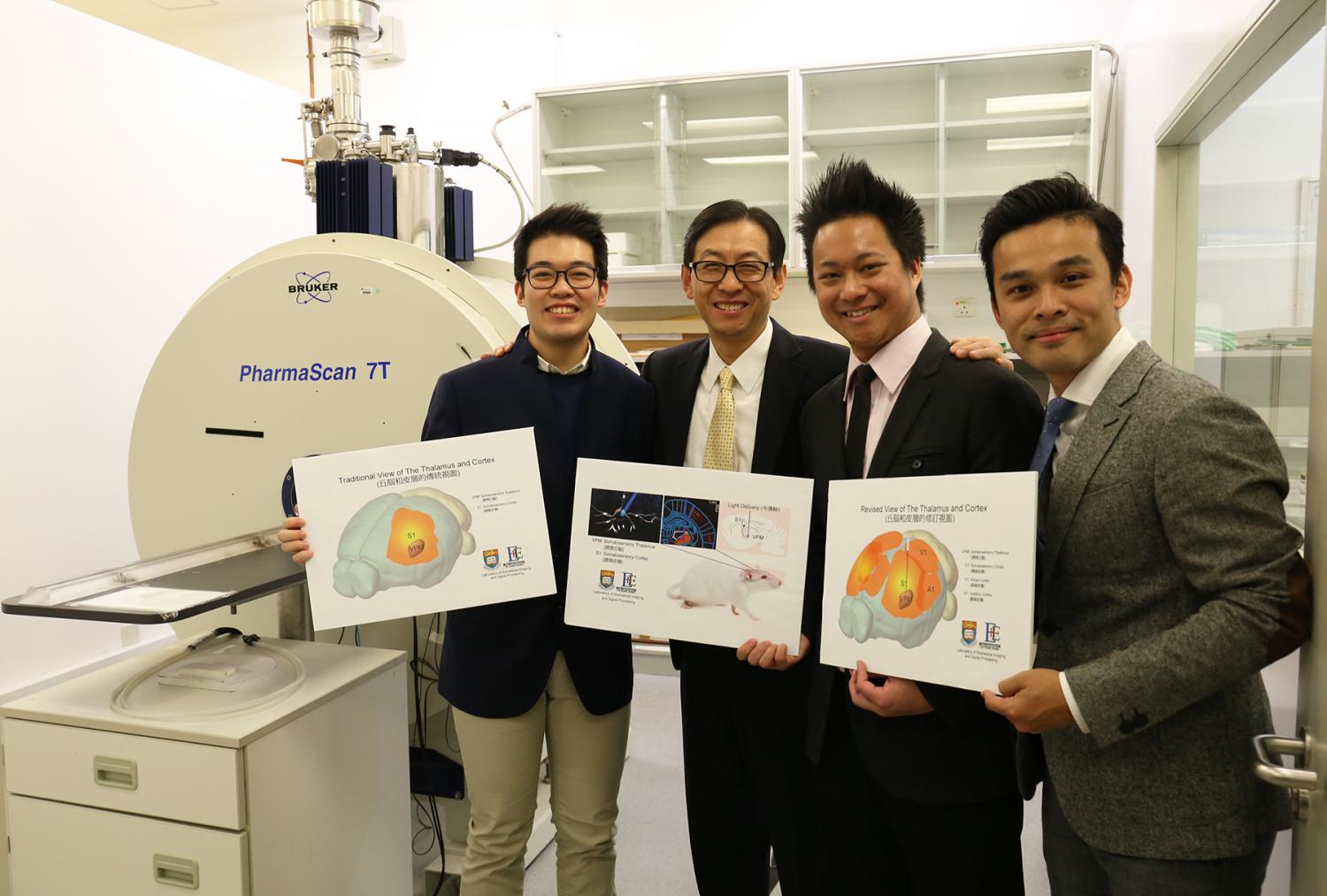NASA has selected proposals for the creation of two multi-disciplinary, university-led research institutes that will focus on the development of technologies critical to extending human presence deeper into our solar system.
The new Space Technology Research Institutes (STRIs) created under these proposals will bring together researchers from various disciplines and organizations to collaborate on the advancement of cutting-edge technologies in bio-manufacturing and space infrastructure, with the goal of creating and maximizing Earth-independent, self-sustaining exploration mission capabilities.
“NASA is establishing STRIs to research and exploit cutting-edge advances in technology with the potential for revolutionary impact on future aerospace capabilities,” said Steve Jurczyk, associate administrator for NASA’s Space Technology Mission Directorate in Washington. “These university-led, multi-disciplinary research programs promote the synthesis of science, engineering and other disciplines to achieve specific research objectives with credible expected outcomes within five years. At the same time, these institutes will expand the U.S. talent base in areas of research and development with broader applications beyond aerospace.”







